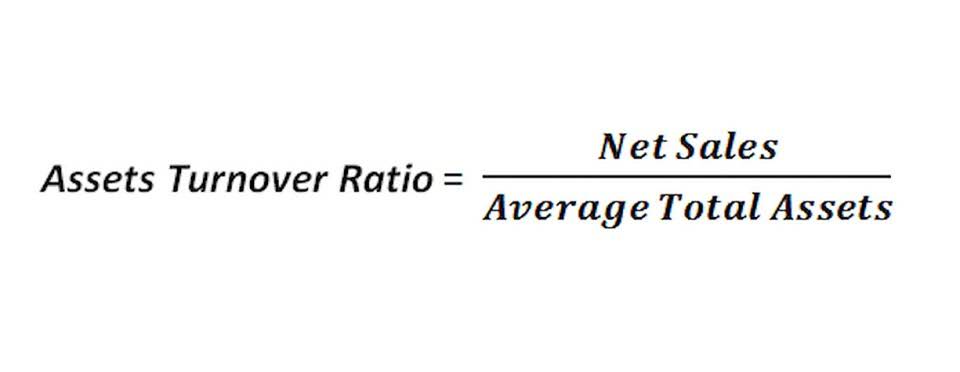
This approach helps companies measure profitability more precisely, as it ensures all cost components are factored into the product cost. With this guide and the accompanying FAQs, you should now have a clear understanding of absorption costing and how unearned revenue to use the Absorption Cost Calculator effectively. One of the main advantages of choosing to use absorption costing is that it is GAAP compliant and required for reporting to the Internal Revenue Service (IRS). As long as the company could correctly and accurately calculate the cost, there is a high chance that the company could make the correct pricing for its products. Let’s look at a few examples to see how absorption costing works in the real world and how it impacts pricing decisions.
- Let’s walk through a practical example to illustrate overhead absorption in action.
- Confusing the two can distort income statements and misrepresent profitability.
- Absorption costing improves the accuracy of your accounts for ending inventory, as expenses are linked to the total cost of your inventory on hand.
- Fixed costs are considered periodic costs in the marginal costing approach.
- It comes with several advantages as compared to the marginal costing method.
Direct materials
Absorption costing is also known as full absorption costing or full costing. On the downside, things can get a little tricky when it comes to making an exact calculation of absorbed costs and knowing how much of them to include. If all of the variables are not considered carefully (including depreciation, administrative expenses, and yearly fluctuations in your expenses), it can give you misleading results. Absorbed costs can include expenses like energy costs, equipment rental costs, insurance, leases, and property taxes. These expenses must have some tie-in to the manufacturing process or site, though—they can’t include advertising or administrative costs at corporate HQ.
C. Helps in Profitability Analysis
Since it incorporates all costs, it provides a clear picture of how much profit is made from each product after covering both direct and indirect costs. This characteristic of absorption costing can lead to differences in reported profits compared to variable costing, especially absorption costing formula when there are changes in production levels and inventory levels. Fixed manufacturing overhead costs remain constant regardless of the level of production. These include expenses like rent for the manufacturing facility, depreciation on machinery, and salaries of supervisors. Both the above methods are accounting techniques that companies use to allocate the cost of production over the total number of units produced.
C. Determine the Product Cost

This usage measure can be divided into the cost pools, creating a cost rate per unit of activity. We will use overhead absorption costing, which is absorption by labor hour. The absorbed cost is a part of generally accepted accounting principles (GAAP) and is required when it comes to reporting your company’s financial statements to outside parties, including income tax reporting. Let’s walk through an example of absorption costing to illustrate how it works. Suppose we have a fictional company called XYZ Manufacturing that produces a single product, Widget X. It is to be noted that selling and administrative costs (both fixed and variable) are recurring and, as such, are expensed in the period they occurred.

Benefits and limitations of overhead absorption 🔗

Absorption costing may report a higher net income during periods when inventory increases, as unsold units absorb a portion of the fixed manufacturing overhead. Variable costing reflects lower profits when inventories grow since it treats fixed overhead as an immediate expense on the income statement, reducing reported profit. For example, if a company spends $10,000 on direct materials, $5,000 on direct labor, and $3,000 on overhead costs to produce 1,000 units, each unit will carry a unit cost of $18. Businesses adopt the absorption costing method to comply with generally accepted accounting principles (GAAP), making it essential for external reporting. Its comprehensive view of costs makes it a reliable choice for Bookkeeping for Startups presenting financial statements and evaluating overall company profitability. This method ensures accurate product pricing and compliance with accounting standards like GAAP, making it vital for proper financial reporting and understanding a company’s true total cost of production.
Several methods are used to absorb overhead costs, each suited to different business environments. To calculate the product costs using the ABC method, we need to apply the step-by-step approach as described above. Thus, it allocates production costs in further detail as compared to other costing approaches. Your production costs by the absorption method are $100 per blanket, or a total of $1 million.

Potential Pitfalls and Overheads Mismanagement
Also, it is less expensive and does not require any sophisticated cost accounting skills as compared to the ABC method. Let us discuss some key advantages and disadvantages of absorption costing as compared to other methods. Absorption costing is a simple and less costly method as compared to the modern activity-based costing approach. Dive into real-world applications where absorption costing plays a pivotal role, shaping financial insights and strategic decisions for enterprises across diverse sectors. It’s a balancing act that impacts inventory valuation on balance sheets and can affect net profit after all sales are made.
- It is required in preparing reports for financial statements and stock valuation purposes.
- Accurate allocation is crucial; it influences business decisions from setting sale prices to managing budgets effectively.
- In addition to skewing a profit and loss statement, this can potentially mislead both company management and investors.
- On the other hand, variable costing may be more appropriate for companies that experience significant fluctuations in inventory levels or have a high proportion of variable manufacturing costs.
- The company can use this total cost to set the selling price and assess profitability.

ABC method is not favorable for facilities where overheads are a small proportion of the total production cost. Also, identifying all types of overheads against cost drivers is not possible. A key advantage of the ABC method is that identifies activities that drive costs.
What are direct labor costs?
Adjustments are made for the level of output differences if the actual output level is higher or lower than the normal output level. The amount of over-absorption is deducted from the total cost of items created and sold if the actual output level exceeds the typical output level. Full costing covers all the costs of producing goods, giving your company a basis for a selling price that’s profitable.
In addition, it is not helpful for analysis designed to improve operational and financial efficiency, or for comparing product lines. Even if a company chooses to use variable costing for in-house accounting purposes, it still has to calculate absorption costing to file taxes and issue other official reports. Firms that use absorption costing choose to allocate all costs to production.
